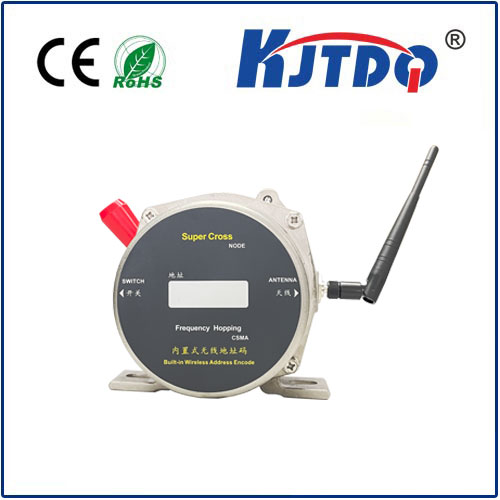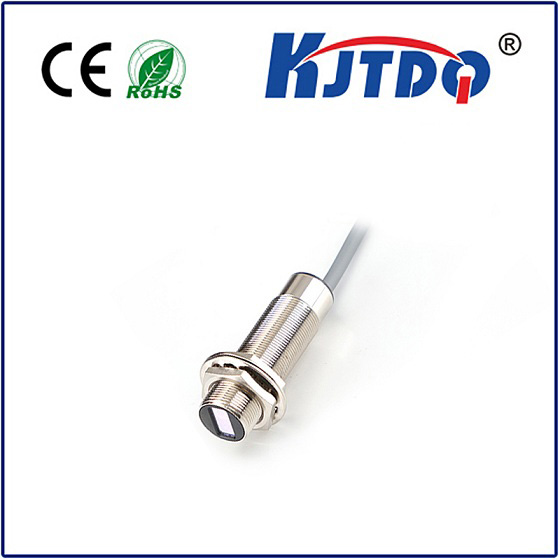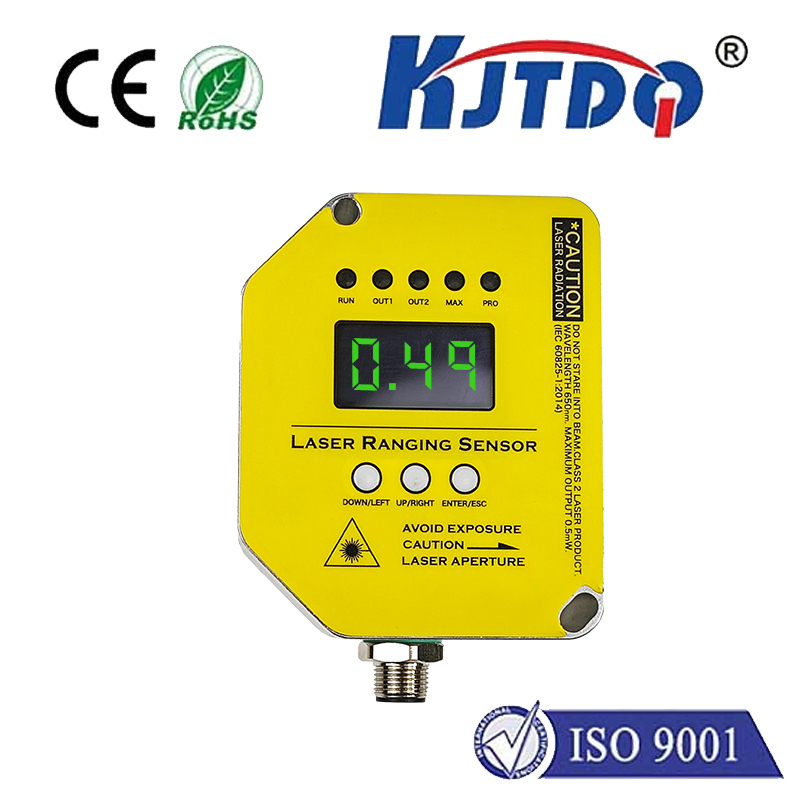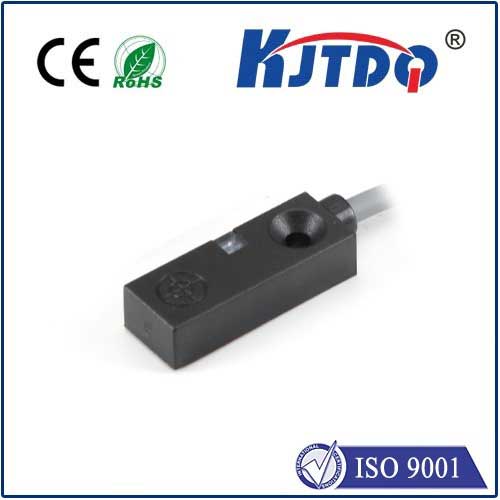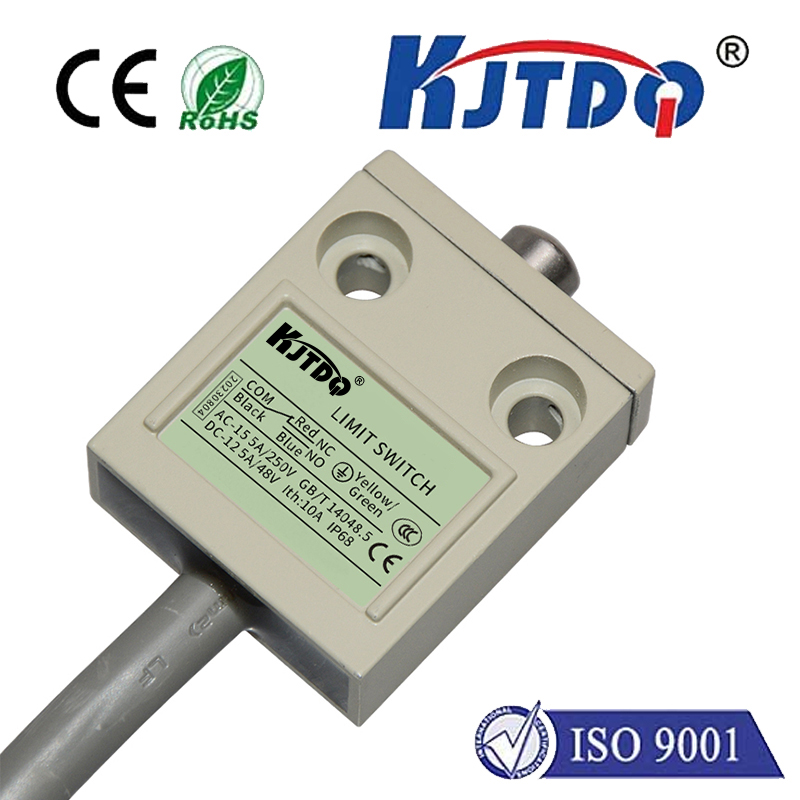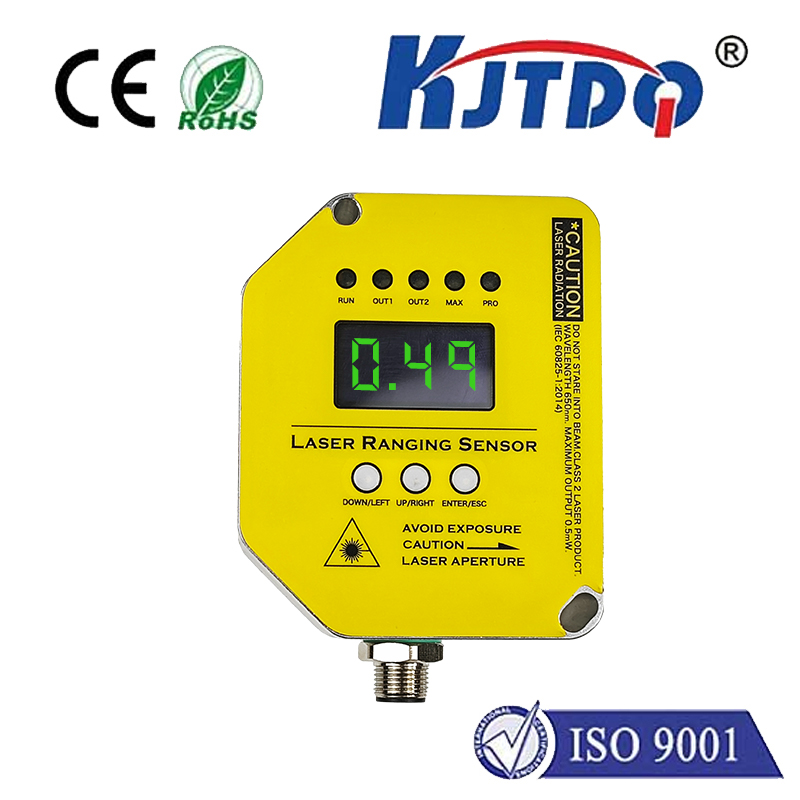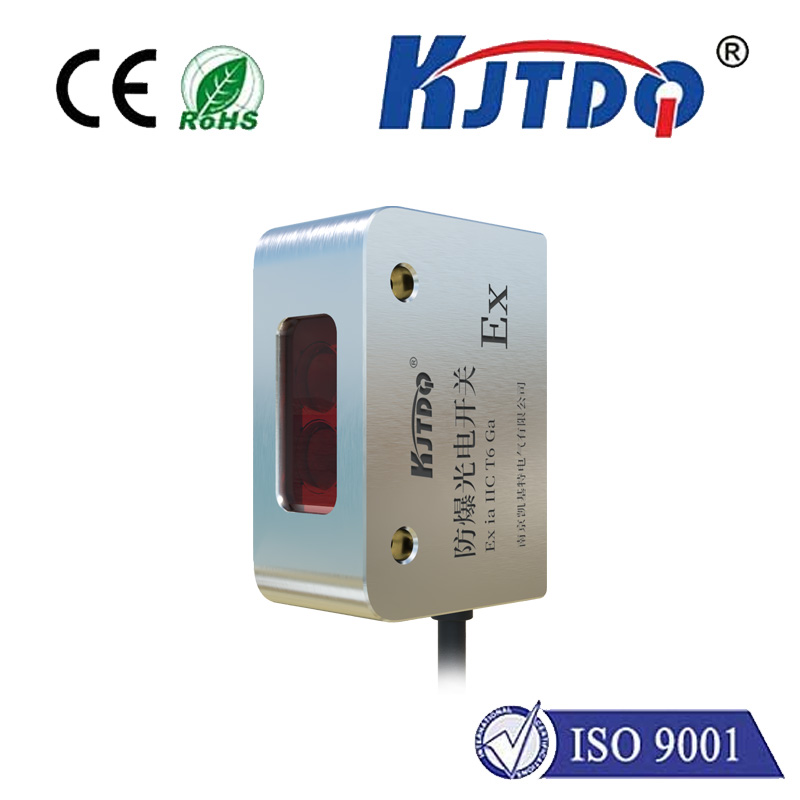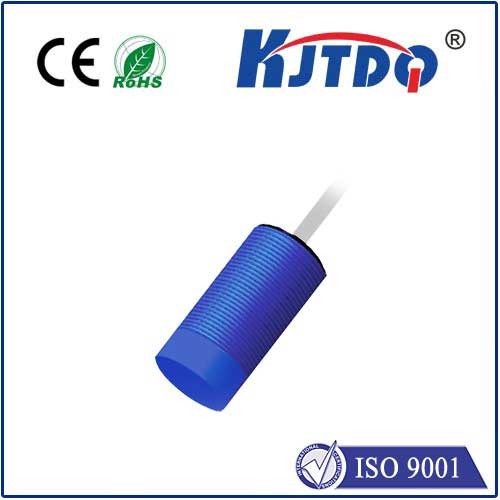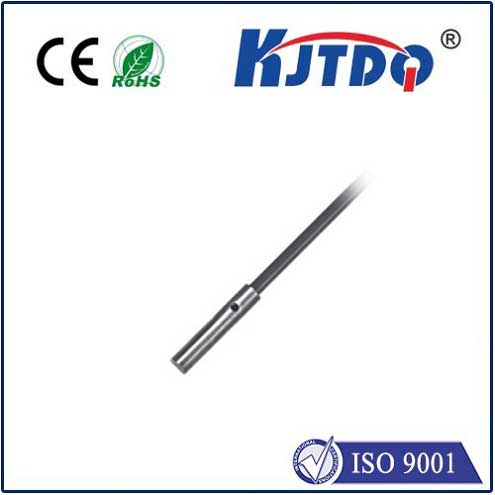
check

check

check

check

Title: The Industrial Photoelectric Sensor: A Revolutionary Tool in the World of Industry Introduction The industrial photoelectric sensor is a device that has been gaining immense popularity in the world of industry due to its ability to detect objects and measure light intensity. This article will delve into the workings of this remarkable tool, highlighting its applications, advantages, and potential future developments. Working Principle At its core, an industrial photoelectric sensor consists of a light source and a photodetector. The light source emits infrared radiation, which is then absorbed or reflected by the target object. The photodetector captures the reflected or transmitted light and converts it into an electrical signal. Based on the type of detection method used, these sensors can be classified into three categories: through-beam, retro-reflective, and diffuse. Applications Industrial photoelectric sensors have found widespread use across various industries due to their versatility and reliability. They are commonly employed in automation systems for tasks such as counting products, monitoring processes, and controlling machinery. Additionally, they are used in security systems for detecting motion and heat signatures, as well as in medical devices for measuring physiological parameters like heart rate and blood pressure. Advantages One of the key benefits of industrial photoelectric sensors is their non-contact nature, which eliminates the need for mechanical parts and reduces maintenance requirements. They are also highly accurate and sensitive, capable of detecting even the slightest changes in light intensity. Furthermore, their compact size and durability make them suitable for use in harsh environments such as high temperatures or corrosive atmospheres. Future Developments As technology continues to advance, it is likely that industrial photoelectric sensors will become even more powerful and versatile. Researchers are currently exploring ways to improve their sensitivity, reduce power consumption, and enhance their compatibility with other sensors and systems. Additionally, there is a growing trend towards the integration of artificial intelligence and machine learning algorithms to enable more intelligent and autonomous operation of industrial processes. Conclusion In conclusion, the industrial photoelectric sensor is a game-changing tool that has revolutionized the way we interact with our environment. Its ability to detect objects and measure light intensity with unparalleled accuracy and reliability makes it an essential component in a wide range of industrial applications. As technology continues to evolve, we can expect these sensors to play an increasingly important role in shaping the future of industry.
